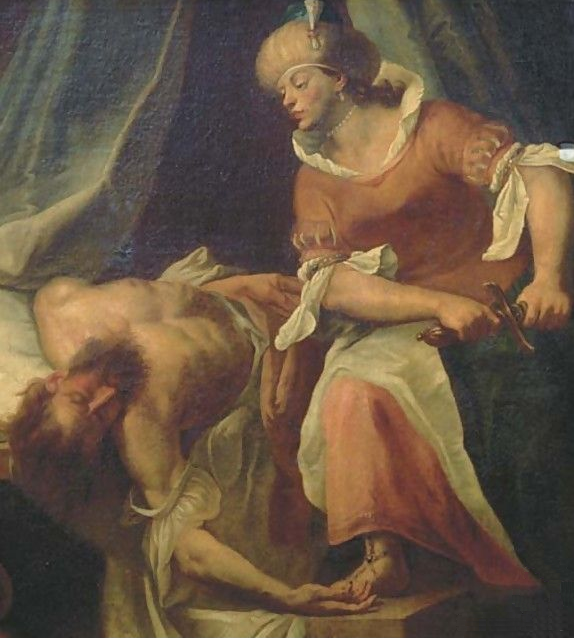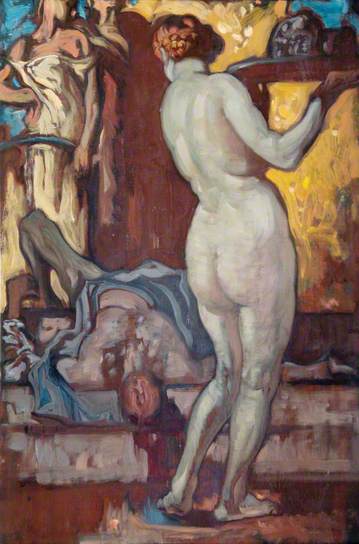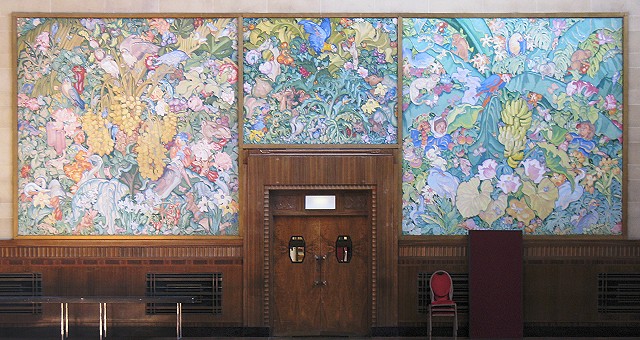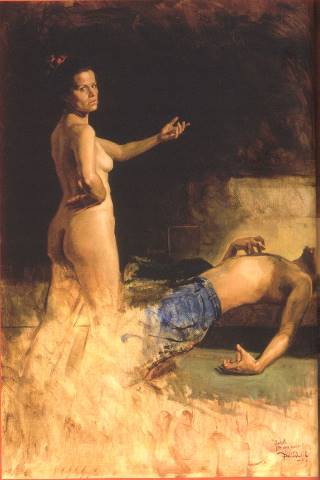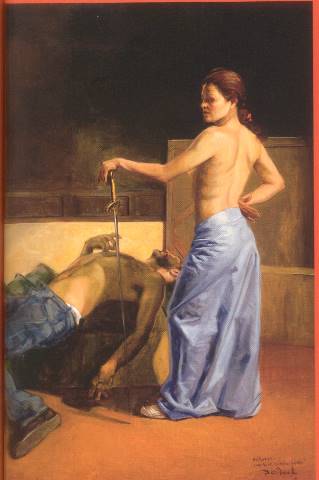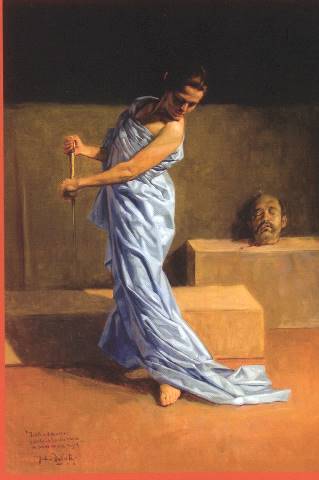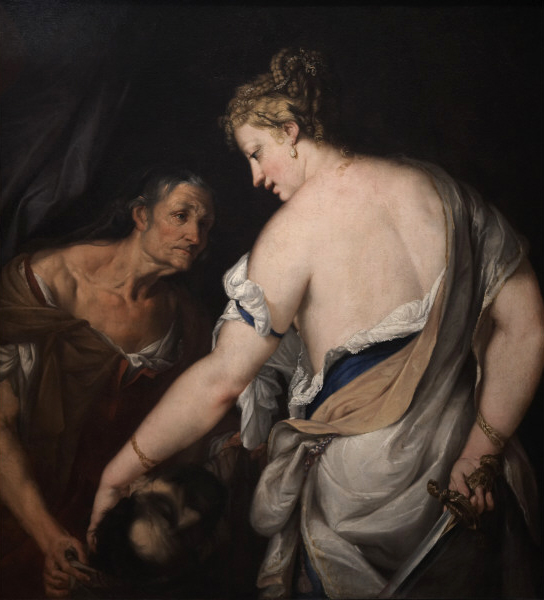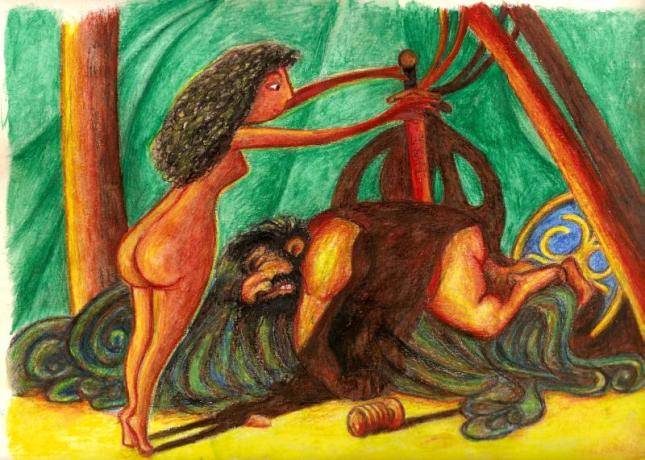Not the end of the line!
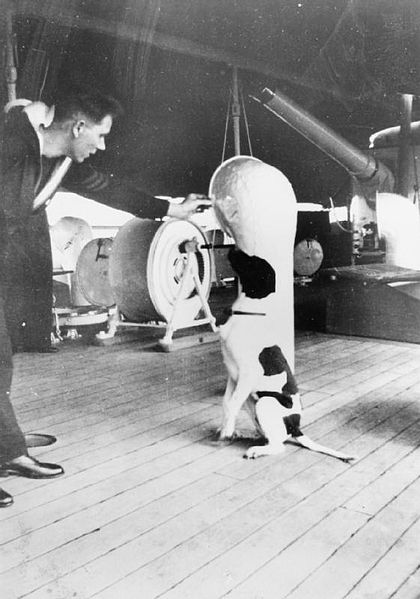
Judy on the deck of HMS Grasshopper
Judy the Dog was born in Shanghai Dog Kennels in 1937. A pure-bred liver and white Pointer, she was presented to the Royal Navy as a mascot at a young age and assigned to HMS Gnat, an Insect class gunboat. Judy was known for pointing out the approach of hostile Japanese aircraft long before any of the human crew could hear them. She was transferred to HMS Grasshopper, a Locust class gunboat, where in February 1942, the ship was attacked by fighter-bombers and was forced to beach on a nearby Sinkep island – uninhabited with little food and no apparent water. Judy appeared two days later covered in oil, and began to dig at the shoreline to unearth a fresh-water spring and is credited with saving everyone’s lives.
The crew, along with Judy, commandeered a Chinese junk and managed to sail to Sumatra, where they embarked on a 200-mile cross-country trek across the island in an attempt to reach Padang but were captured. The crew became prisoners of war and smuggled Judy along with them, hidden under empty rice sacks, for five days during the journey to the Gloergoer prisoner of war camp in Medan. There she met Leading Aircraftman Frank Williams (1919–2006), who adopted her and shared his daily handful of rice from August 1942 onwards. She was the only animal to have been officially registered as a prisoner of war during the Second World War. During her stay at the camp, she would alert the prisoners to the approach of the Japanese guards and also if other animals such as snakes or scorpions were around.
In June 1944, the men were transferred to Singapore aboard the SS Van Warwyck. Dogs were not allowed on board, but Frank Williams managed to teach Judy to lie still and silent inside a rice sack. When he boarded the ship, Judy climbed into a sack and Williams slung it over his shoulder to take on board. For three hours the men were forced to stand on deck in the searing heat, and for the entire time Judy remained still and silent in the bag on Wiliams’s back. The conditions on board the ship were cramped with more than 700 prisoners. On 26 June 1944, the ship was torpedoed. Williams pushed Judy out of a porthole in an attempt to save her life, even though there was a 15 feet (4.6 m) drop to the sea. He made his own escape from the ship, not knowing if Judy had survived.
Frank Williams was recaptured and was sent to a new camp without news of Judy’s survival. However, stories began being told of a dog helping drowning men reach pieces of debris on which to hold, and others recalled how the dog would bring them flotsam to keep them afloat. The dog would also allow men to hold onto her back while swimming them to safety.
Williams was giving up hope of finding Judy when she arrived in his new camp. “I couldn’t believe my eyes. As I entered the camp, a scraggy dog hit me square between the shoulders and knocked me over! I’d never been so glad to see the old girl. And I think she felt the same!” They spent a year in Sumatra, with the Japanese using the men to cut through the jungle to lay railway track. Rations were a handful of maggot-ridden tapioca a day, which Frank continued to share with Judy. Frank credits Judy with saving his life during his time spent there, “She saved my life in so many ways. The greatest way of all was giving me a reason to live. All I had to do was look at her and into those weary, bloodshot eyes and I would ask myself: What would happen to her if I died? I had to keep going. Even if it meant waiting for a miracle.”
The guards had grown tired of the dog and sentenced her to death. She managed to hide out in the jungle where she supplemented her diet with snakes, rats and monkeys.
Once hostilities ceased, Judy was smuggled aboard a troopship heading to Liverpool. With the help of the troops with which she had been imprisoned, Judy managed to avoid the dock police and was delivered into the care of the ship’s cook, who ensured that she was fed on the voyage home.
She was awarded the Dickin Medal, “the animals’Victoria Cross” – the highest military decoration awarded for valour in the face of the enemy. Her citation reads: “For magnificent courage and endurance in Japanese prison camps, which helped to maintain morale among her fellow prisoners and also for saving many lives through her intelligence and watchfulness”. At the same time, Frank Williams was awarded the PDSA’s White Cross of St. Giles, the highest award possible, for his devotion to Judy.
She was interviewed by the BBC for their coverage of the London Victory Celebrations of 1946 on 8 June and her barks were broadcast to the nation on the radio. Frank and Judy spent the year after the war visiting the relatives of PoWs who hadn’t survived; Frank remarked that Judy always seemed to give a comforting presence. On 10 May 1948, the pair left to work on a government-funded food scheme in East Africa. After two years there, Judy was discovered to have a tumour, and was put to sleep at the age of 13 (February 1950). Frank spent two months building a granite and marble memorial in her memory, which included a plaque which told of her life story. In 2006 her collar and medal went on public display for the first time in the Imperial War Museum, London, as part of “The Animals’ War” exhibition.

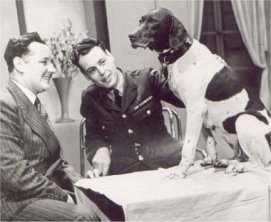
I think she deserves a movie!
www.frankwilliams.ca
Wikipedia – Judy (dog)
